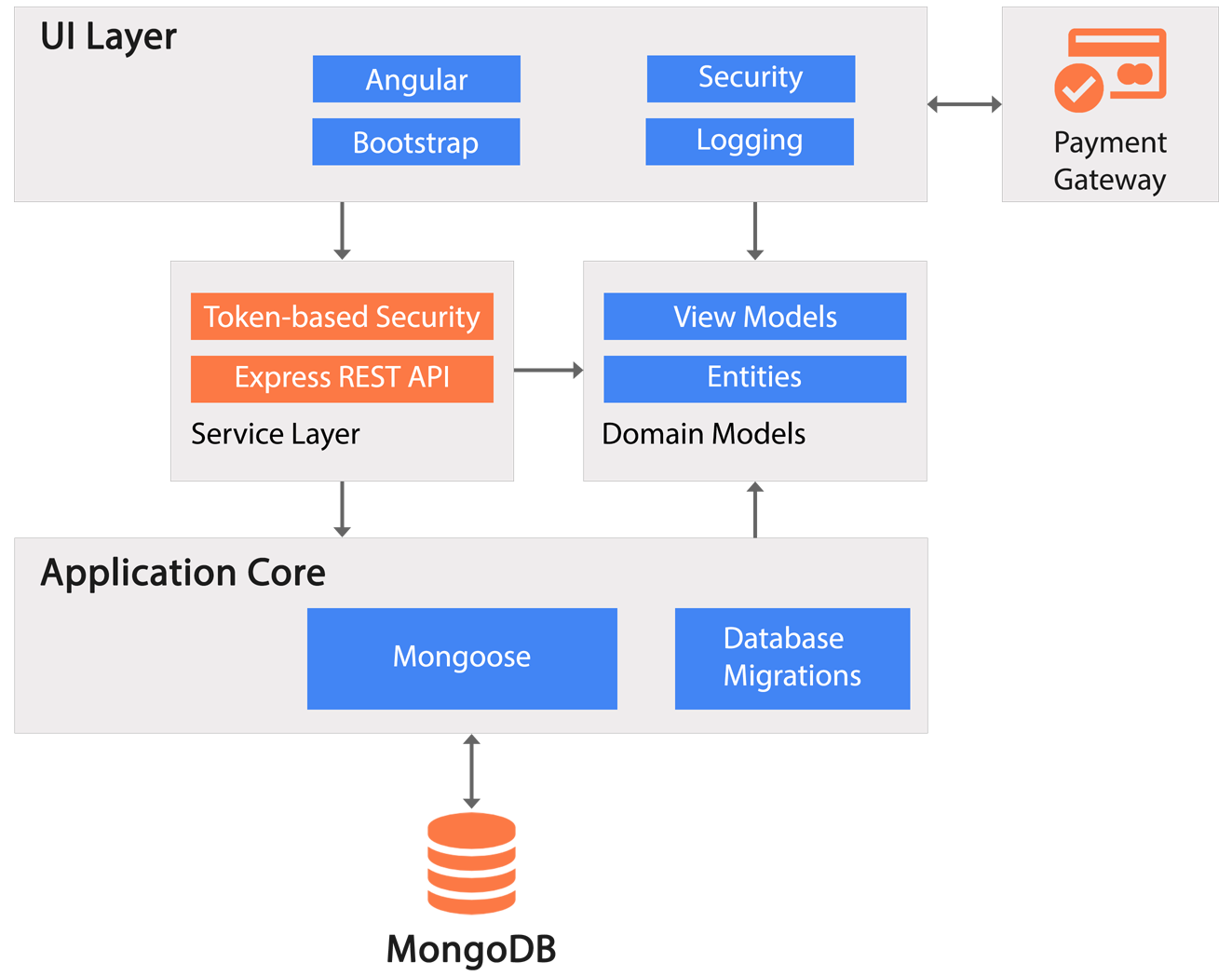

- #Deploy mean stack heroku install
- #Deploy mean stack heroku update
- #Deploy mean stack heroku software
It'll be used to send requests from the frontend (React) to the APIs provided by the backend.
#Deploy mean stack heroku install
Install axios npm i axios -saveĪxios is a JavaScript library used to make HTTP requests easier. You can then make necessary edits like changing images or text. The command above starts the React application, which gives you a URL where you preview the project. Start the app and make necessary edits npm start After it's finished installing, the second command changes to the project directory. The above creates a directory 'my-project', and installs dependencies which will be used in the React starter app. Create the project directory create-react-app my-project The -g flag installs the package globally. If you do not have create-react-app installed, type the following in the command line: npm i create-react-app -g Install create-react-appĬreate-react-app is used to create a starter React app. node also provides us with npm, which is used for installing packages. Note: Before we begin with our project, node must be installed on your computer. Let's Start Building Building the React App You can skip to any step with the table of contents listed below. This is more secure than the MongoDB installed locally on our server and it also gives us room for more resources on our servers.įor the frontend we'll build a simple React app which makes POST requests to an API to add a user, and can also make GET requests to get all users. Heroku, on the other hand, is a platform as a service (PaaS) that enables developers to build, run, and operate applications entirely in the cloud.įor the database, we'll be using MongoDB Atlas, which is a global cloud database service for modern applications. It involves frontend work (with React), backend work (with Express and NodeJS) and a database (with MongoDB). MERN, which stands for MongoDB, Express, React, and Node.js, is a popular tech stack used in building web applications. For detailed instructions on upgrading the stack of an app, refer to the upgrading to the latest stack instructions.In this article, we'll be building and deploying an application built with the MERN stack to Heroku. You might need to make code changes when you move an app to a different stack. You can change the stack your app uses for the next deploy using heroku stack:set: $ heroku stack:set heroku-22

In the example above, the heroku-20 stack is active, and the other listed stacks are available as alternatives. You can determine which stack your app is using with the heroku stack CLI command: $ heroku stack The default stack for all newly created Heroku apps is Heroku-22.
#Deploy mean stack heroku update
Our Stack Update Policy describes when and how we update or retire existing stacks and our schedule for introducing new stacks. Ubuntu Packages on Heroku Stacks lists packages available on each stack. Third-party buildpacks aren’t guaranteed to work with all stacks.

Heroku’s officially supported buildpacks work with all supported stacks.
#Deploy mean stack heroku software
This support is typically confined to software that was still actively developed by the respective maintainers at the time the stack was first released. You’re responsible for selecting and maintaining the base layer of containers you deploy.Įvery stack on Heroku supports different operating system packages and language runtime versions. ¹: Container based apps don’t include the curated and maintained operating system layer of the other Heroku stacks.


 0 kommentar(er)
0 kommentar(er)
